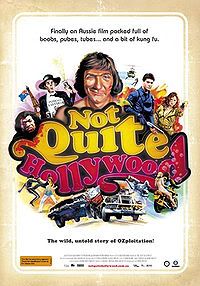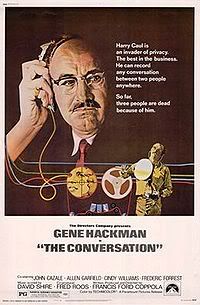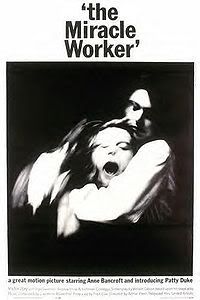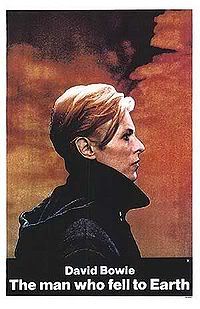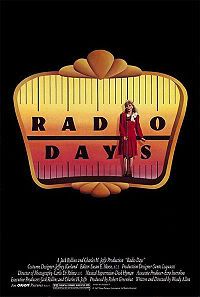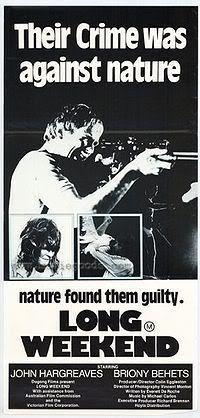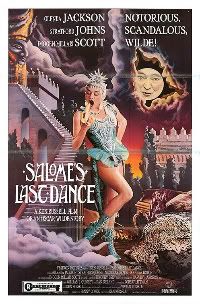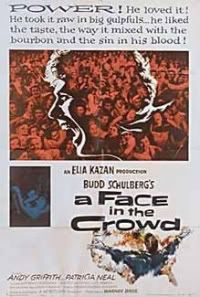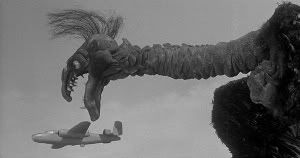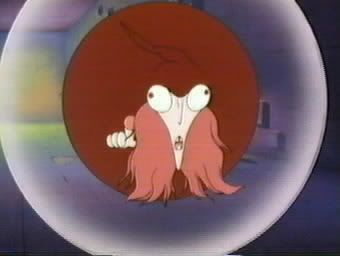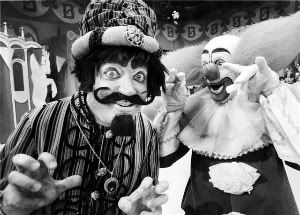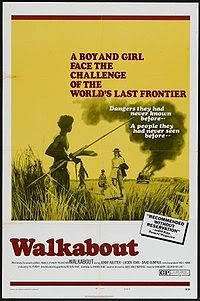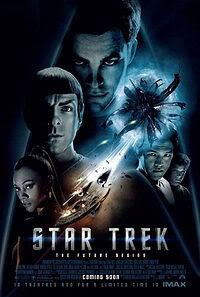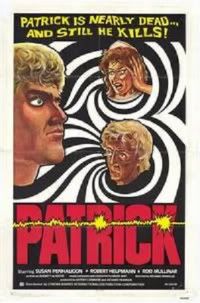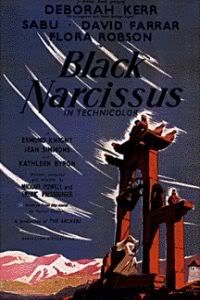
I...love...Technicolor. "Black Narcissus" splashes the screen with all the colors of the East in a manner so marvelous, it gives recent explorations in teh region, such as "Monsoon Wedding" or "Vanity Fair" or...um..."Indiana Jones and the Temple of Doom" a damn good run for their money. To label a story about a group of nuns a Technicolor spectacle almost seems contradictory, for black and white scarcely necessitate the film medium. But the stark white of the habits create excellent juxtapositions with the rosy hue of Deborah Kerr's cheeks, to say nothing of the monochromatic dresses of the nuns pitted against the multi-hued royal palace where they settle down.
The tale seems a paltry one at first - a band of nuns open up a new mission and must battle the elements as they win the people's hearts. The location is delightfully exotic - the palace of Mopu, set high in the Himilayas just off the beaten path from Darjeeling, India. But the picturesque setting holds an unseen power - one that draws out the insecuritues of the sisters. Sister Ruth's sexual desires run mad, mixed with a dash of hypocondria and mental instability. Sister Philippa plants flowers rather than vegetables, reasoning that something about the beauty of the place betrayed her logic. Even Sister Clodagh (Kerr) experiences a similar sexual frustration to the others, brought about by reoccurring memories of an unrequited love, the presence of the "charming" Mr. Dean (David Farrar) and the erotic perfume of the local young general(Sabu) - the infamous Black Narcissus.
The complexities behind the fragment psyches of the nuns draws you in, much as the nuns are drawn to the brooding and mysterious atmosphere of the palace. There are many moments that are positively chilling, such as the scene where Clodagh walks into Sister Ruth's room and finds her in a civilian's dress with lipstick as red as blood. The nun, fallen prey to her own madness and temptation, is a far scarier creature than those conjured up by the likes of Jack Pierce. As Ruth continues to apply makeup, Clodagh begins reading scripture, a duel of wits that's absolutely masterful. Perfectly executed and deep in structure and message, "Black Narcissus" rivals "Mother Joan of the Angels" "The Devils" and "Sister Act 2: Back in the Habit" where dark stories about nuns are concerned. Yes, I know I'm bad...
Watch the Trailer
